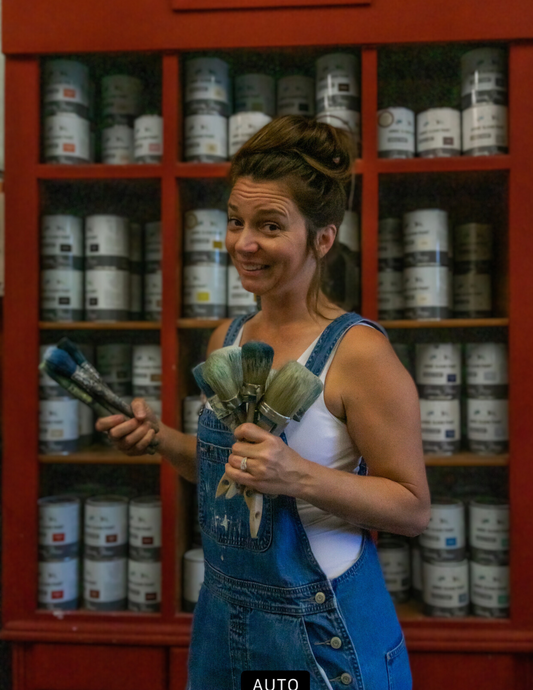!WORD OF THE DAY!
OFFLOADING
Whether it's paint or glue, allows offload...aka blot any excess off of the paint brush or piece prior to application. This will save you from any bleeding and allow for clean edges!!
Tips & Tutorials
Welcome to our comprehensive guide on how to complete do-it-yourself paint projects. Whether you're a beginner or an experienced DIY enthusiast, these tips and tutorials will help you achieve professional-looking results. From choosing the right paint to mastering different painting techniques, we've got you covered.
1. Choosing the Right Paint
Before starting any paint project, it's crucial to select the right type of paint for your specific needs. Consider factors such as the surface you're painting, the desired finish, and the room's purpose. Here are some common types of paint:
- Latex Paint: Ideal for interior walls and ceilings, as well as furniture. It dries quickly and is easy to clean up with water.
- Oil-Based Paint: Suitable for high-traffic areas and surfaces that require extra durability. It provides a smooth finish but requires mineral spirits for cleanup.
- Chalk Paint: Perfect for furniture and decorative pieces. It creates a vintage, matte finish and requires minimal surface preparation.
2. Preparing the Surface
Proper surface preparation is essential for a flawless paint job. Follow these steps to ensure the best results:
- Clean: Remove any dirt, dust, or grease from the surface using a mild detergent and water. Rinse thoroughly and allow it to dry completely.
- Repair: Fill in any cracks, holes, or imperfections with a suitable filler. Sand the patched areas until smooth.
- Prime: Apply a primer to create a smooth, even surface and improve paint adhesion. Choose a primer that matches the type of paint you'll be using.
3. Mastering Painting Techniques
Now that you've prepared the surface, it's time to start painting. Here are some techniques to help you achieve professional-looking results:
- Brush Painting: Use a high-quality brush and apply paint in smooth, even strokes. Start from the top and work your way down, maintaining a wet edge to avoid visible brush marks.
- Roller Painting: Use a roller with the appropriate nap length for the surface you're painting. Apply paint in a "W" or "M" pattern, then roll over it in straight lines for an even finish.
- Spray Painting: If you're comfortable using a paint sprayer, it can provide a smooth, professional finish. Follow the manufacturer's instructions and practice on a test surface before tackling your project.
4. Clean-Up and Maintenance
Once you've completed your paint project, proper clean-up and maintenance will ensure its longevity:
- Clean Brushes and Rollers: Immediately after painting, clean your brushes and rollers with soap and water for latex paint or mineral spirits for oil-based paint.
- Store Paint Properly: Seal paint cans tightly and store them in a cool, dry place to prevent drying out or spoiling.
- Touch-Up as Needed: Keep some extra paint for touch-ups in case of minor scratches or chips. Store it in a small, airtight container for easy access.
With these tips and tutorials, you're well-equipped to tackle any do-it-yourself paint project. Remember to take your time, follow the instructions on the paint can, and enjoy the process. Happy painting!
Blog posts
-

Spill The Paint...Episode 2
Navy Blue Minimalist Aesthetic Clean Elegant Modern Newspaper Blog Post Marketing Ad Your Story by Angie Halliwell
Spill The Paint...Episode 2
Navy Blue Minimalist Aesthetic Clean Elegant Modern Newspaper Blog Post Marketing Ad Your Story by Angie Halliwell
-




